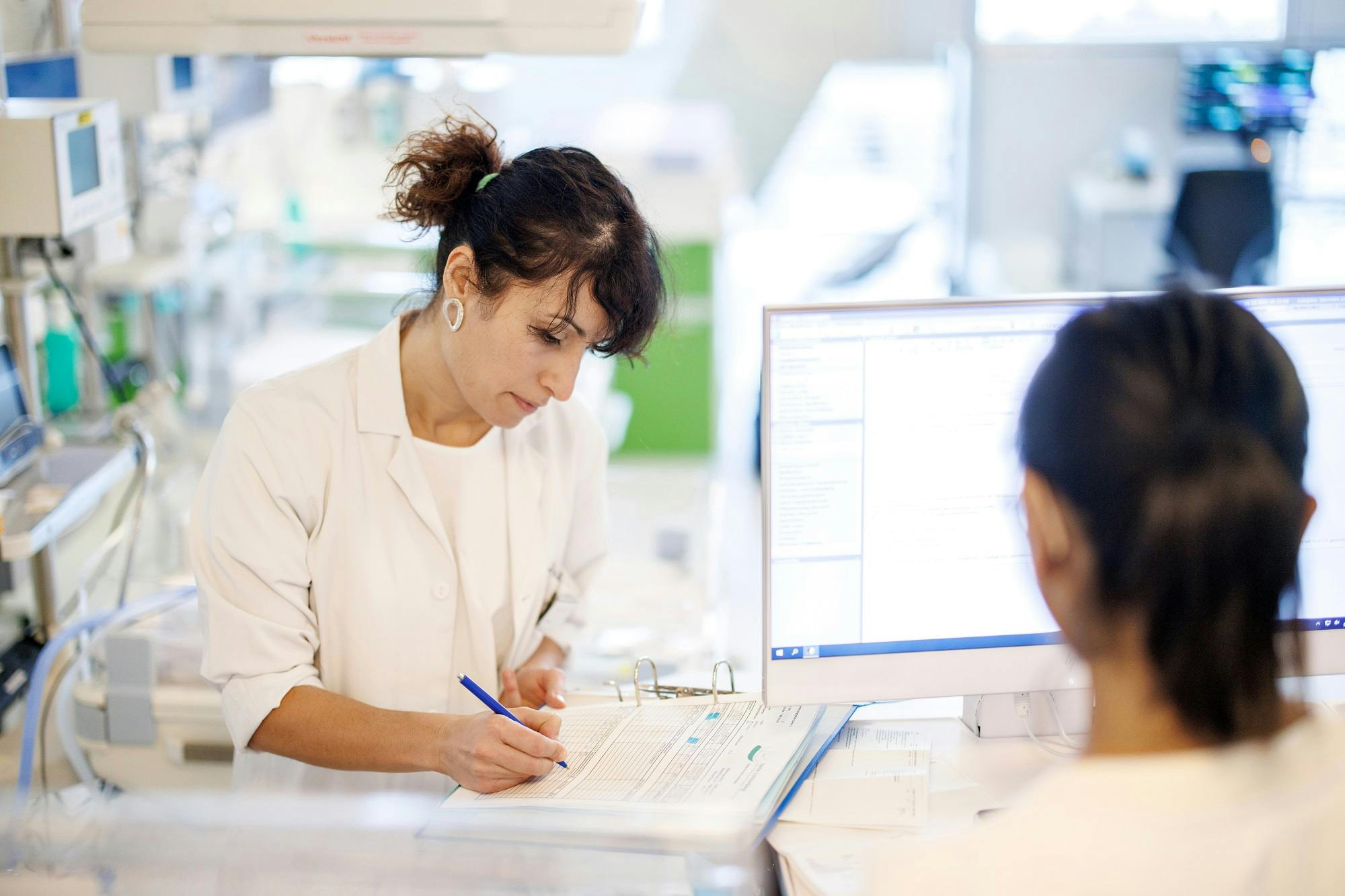Changing harmony: The menopause from a TCM perspective
Prof. (chin.) Jiangtao Dong
October 18, 2023
5 min
Immerse yourself in the world of traditional Chinese medicine and discover how this centuries-old healing art accompanies women through the menopause. Prof Jiangtao Dong, Head of TCM, shares his knowledge.
What are the basic concepts of TCM?
The basic concepts of TCM include the holistic concept, the individual concept, the qi/energy concept and other concepts. These basic concepts play a fundamental guiding role in the understanding, prevention, diagnosis and treatment of diseases in TCM, especially during the menopause.
The holistic concept refers to the overall connection between different systems, tissues and organs of the body: the unity of body and mind and the harmony between man and nature/society. From a TCM perspective, it is extremely important to see and treat the patient in his or her entirety.
The individual concept states that there are individual differences between people. Prevention, diagnosis and treatment of diseases should therefore be based on individual differences.
The qi concept (energy concept) is not only a physical concept, but also a physiological and philosophical concept at the level of TCM. Qi is found in nature and in living organisms. It is the basis of life, the driving force and expression of organ functions. Qi is constantly in motion. If Qi is deficient or blocked, health problems can occur. Therefore, supporting Qi in the body is one of the important basic principles of TCM treatment (e.g. through acupuncture).
In addition, the concept of yin-yang balance (the balance of the origin of life energy, which is also considered the balance of sex hormones) is also an important basic concept of TCM. If the balance of yin and yang is lost, menopausal symptoms can occur, for example.
What forms of TCM treatment are there?
There are basically five forms of TCM treatment. These are also known as the five pillars:
- Pillar: acupuncture, laser acupuncture, electro-acupuncture/ TENS, ear acupuncture, moxibustion, cupping, etc.
- Pillar: Phytotherapy (herbs)
- Pillar: Acupressure and Tuina massage
- Pillar: Dietetics
- Pillar: Exercises (Tai-Ji, Qi-Gong, etc.)
Of these forms of treatment, the methods of the first and second pillars are used most frequently in the treatment of menopausal symptoms, as they are particularly helpful in alleviating and eliminating these symptoms. In addition, it is of course also important to follow the right diet and exercise. During the menopause, TCM advocates reducing spicy foods (e.g. chilli) and foods that are too cold (e.g. ice cream).
0/0
How can TCM help with menopausal symptoms?
From a TCM perspective, the main cause of menopausal symptoms is the persistent imbalance of yin-yang energy and dysfunction of the organs. TCM treatments such as acupuncture, herbs, etc., can restore the balance of yin and yang and improve the disturbed functional state.
For example, acupuncture can suppress hyperfunction (hot flushes, night sweats, palpitations, irritability, etc.) and activate hypofunction (fatigue, depression, urogenital Sjögren's syndrome, etc.). Some studies have shown that these effects of acupuncture are achieved by stimulating the secretion of neurotransmitters such as endorphins, serotonin and dopamine in the central nervous system.
Overall, TCM is a good complement to Western medicine and the combination of TCM and Western medicine in particular can help women to get through the menopause with a high quality of life.
0/0
Weitere Beiträge
Counsellor
Hormone fluctuations in winter: What's really behind them?
Many women experience changes in their physical and mental well-being in winter. They feel tired more often, less resilient or more emotionally sensitive. Cycle changes or more intense premenstrual symptoms are also noticed more often during this time. In addition to external factors such as the cold, less exercise or a change in lifestyle, hormonal processes can also play a role.
Counsellor
Spinal surgery: everything you need to know
At Zollikerberg Hospital, the highest precision applies to one of the most central and at the same time most demanding areas of the body - the spine. Spinal surgery here means not only modern, minimally invasive technology, but above all sound expertise, experience and careful, holistic care. This is what Dr Filippo Mandelli, Head of the Spinal Surgery Clinic, and his team stand for. They treat conditions such as herniated discs, spinal canal stenosis, spondylolisthesis, spinal deformities and degenerative changes competently and sensitively and accompany patients on their way to greater stability and quality of life. In this interview, you can find out what is particularly important in these complex interventions - and what modern spinal medicine can achieve today.
Counsellor
Eyelid lift (blepharoplasty) for drooping eyelids - a brief overview
The eyes are the mirror of our soul - and yet drooping eyelids, bags under the eyes or sagging skin on the eyelid can leave a tired and older impression. If you would like to regain an alert, fresh look, an eyelid lift (blepharoplasty) at Zurich Plastic Surgery can help. In this blog post, Prof Dr Hisham Fansa, Head of Plastic Surgery Zurich, explains why many people decide to have their drooping eyelids corrected and what is important during this procedure.


